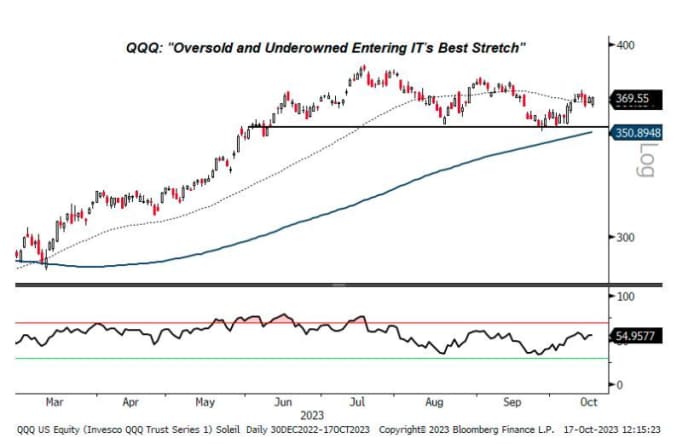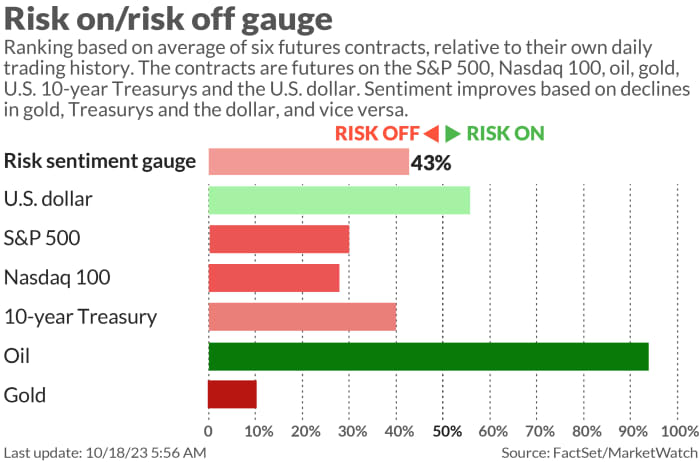Boeing faces new scrutiny about the safety of its best-selling plane after federal officials announced the temporary grounding of some Boeing 737 Max planes on Saturday, following a harrowing flight in which an Alaska Airlines jetliner was left with a gaping hole in its side.
The Federal Aviation Administration said it was requiring immediate inspections of Max 9 planes operated by U.S. airlines or flown in the United States by foreign carriers.
The FAA’s emergency order, which it said will affect about 171 planes worldwide, is the latest blow to Boeing over the Max lineup of jets, which were involved in two deadly crashes shortly after their debut.
On Friday, a window panel blew out on an Alaska Airlines Boeing 737 Max 9 seven minutes after takeoff from Portland, Oregon. The rapid loss of cabin pressure pulled the clothes off a child and caused oxygen masks to drop from the ceiling, but miraculously none of the 171 passengers and six members were injured. Pilots made a safe emergency landing.
Hours after the terrifying incident, Alaska Airlines announced that it would ground its entire fleet of 65 Max 9s for inspections and maintenance. CEO Ben Minicucci said Alaska expects the inspections to be completed “in the next few days.”
Alaska said on Saturday that it had completed inspecting more than one-fourth of its Max 9 fleet “with no concerning findings. Aircraft will return to service as their inspections are completed with our full confidence.”
Even the short grounding disrupted the airline — the Max 9 accounts for more than one-fourth of Alaska’s fleet — and its passengers. On Saturday, Alaska cancelled more than 100 flights, or 14% of its schedule, by late morning on the West Coast, according to FlightAware.
United Airlines said it had inspected 33 of its 79 Max 9s, and pulling the planes from service had caused about 60 cancelled flights.
Photos showed a hole in the Alaska jet where an emergency exit is installed when planes are configured to carry a maximum number of passengers. Alaska plugs those doors because its 737 Max 9 jets don’t have enough seats to trigger the requirement for another emergency exit.
The FAA and the National Transportation Safety Board said they would investigate Friday’s incident.
Boeing declined a request to make an executive available for comment. The company, based in Arlington, Virginia, issued a statement saying it supported the FAA’s decision to require immediate inspections. Boeing said it was providing technical help to the investigators.
Analysts said the extent of the damage to Boeing’s brand will depend on what investigators determine caused the blowout.
Richard Aboulafia, a longtime aerospace analyst and consultant, said if the blowout is traced to a manufacturing issue it would put more pressure on Boeing to change its processes, and cash-generating deliveries of new planes could be slowed.
Aboulafia said, however, he doesn’t expect any change in Boeing’s sales of the planes “unless the situation is worse than it seems.” Airlines are snapping up new, more fuel-efficient planes from Boeing and Airbus to meet strong demand for travel coming out of the pandemic.
The plane involved in Friday’s incident is brand-new — it began carrying passengers in November and has made only 145 flights, according to Flightradar24, a flight-tracking service.
The Max — the Max 8 and Max 9 differ mainly in size — is the newest version of Boeing’s venerable 737, a twin-engine, single-aisle plane frequently used on U.S. domestic flights.
More than a decade ago, Boeing considered designing and building an entirely new plane to replace the 737. But afraid of losing sales to European rival Airbus, which was marketing a more fuel-efficient version of its similarly sized A320, Boeing decided to take the shorter path of tweaking the 737 — and the Max was born.
A Max 8 jet operated by Lion Air crashed in Indonesia in 2018, and an Ethiopian Airlines Max 8 crashed in 2019. Regulators around the world grounded the planes for nearly two years while Boeing changed an automated flight control system implicated in the crashes.
Federal prosecutors and Congress questioned whether Boeing had cut corners in its rush to get the Max approved quickly, and with a minimum of training required for pilots. In 2021, Boeing settled a criminal investigation by agreeing to pay $2.5 billion, including a $244 million fine. The company blamed two relatively low-level employees for deceiving the Federal Aviation Administration about flaws in the flight-control system.
Robert Clifford, a Chicago lawyer who is representing families of passengers killed in the Ethiopian crash, said Friday’s incident raised questions of whether regulators were too quick to let Max planes return to flying. He accused Boeing of putting profits over safety.
“This is a company that went from being the gold standard in engineering expertise and precision to now a company that seems like it’s at the bottom of the barrel,” he said.
Boeing has estimated in financial reports that fallout from the two fatal crashes has cost it more than $20 billion. It has reached confidential settlements with most of the families of passengers who died in the crashes.
After a pause following the crashes, airlines resumed buying the Max. But the plane has been plagued by problems unrelated to Friday’s blowout.
Questions about components from suppliers have held up deliveries at times. Last year, the FAA told pilots to limit use of an anti-ice system on the Max in dry conditions because of concern that inlets around the engines could overheat and break away, possibly striking the plane. And in December, Boeing told airlines to inspect the planes for a possible loose bolt in the rudder-control system.
A passenger on a Southwest Airlines jet was killed in 2018 when a piece of engine housing blew off and shattered the window she was sitting next to. However, that incident involved an earlier version of the Boeing 737, not a Max.
Source link
#plane #suffers #blowout #fuselage #midflight




